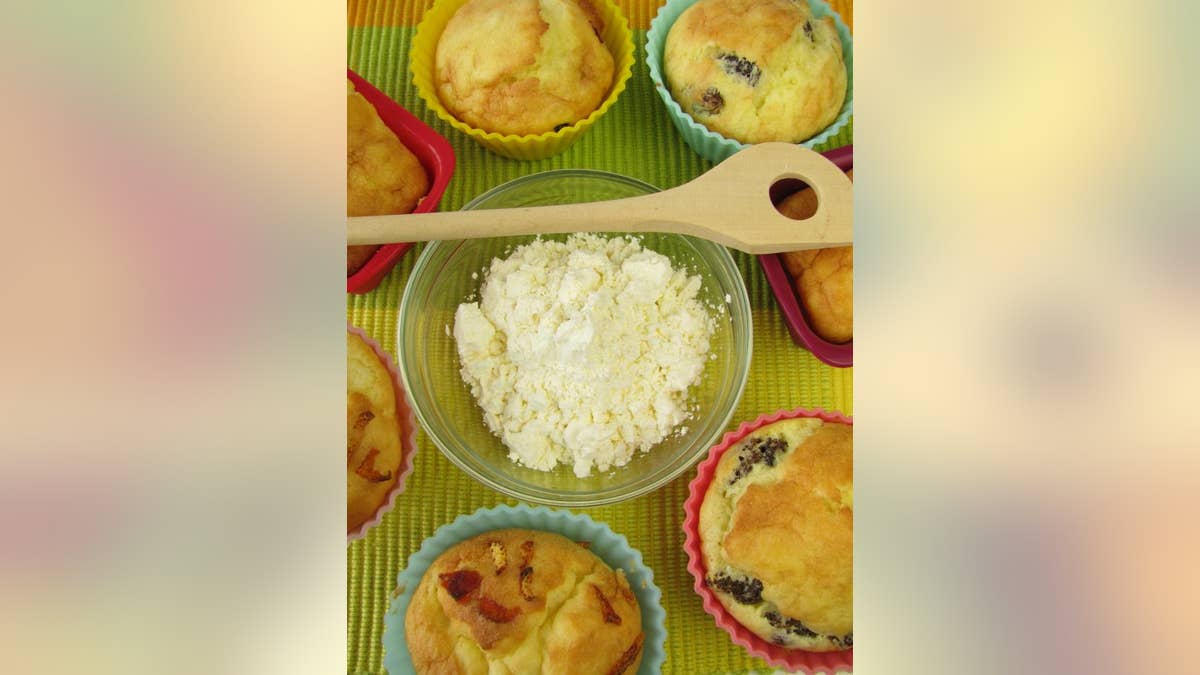
Going gluten-free does not mean having to give up birthday cake, warm toasty rolls or your grandmother’s favorite banana bread.
Just being in tune to the basic foundations of gluten-free baking will bring results without wreaking havoc on your body’s system.
Here are some tips to get you started:
1. Make sure flours and all baking products are labeled gluten and wheat-free. Many flours may appear to be gluten-free, but could have been contaminated via cross contact. Most baking companies identify their products with a symbol or clear verbiage to put your mind and tummy at ease, but you should always read the fine print to be sure.
2. Gluten-free dough can be a different texture and consistency. It tends to have a viscosity more like batter, rather than traditional dough. Don’t get discouraged if your chocolate chip cookie dough appears dry — it should still stick together if you have the right ingredients. Your gluten-free breads may have a thickness similar to that of quick breads. If you find your rolling pin not moving as swiftly over your pizza crust, don't be alarmed.
3. Blends of unique flours are the best for gluten-free baking. This would typically consist of two to three different types of flours, as well as a starch. My favorites include coconut flour, garbanzo bean flour, hazelnut meal, flaxseed meal and navy bean flour. There are many new cup-for-cup flours available on the market and in specialty stores, such as Sur La Table and Williams-Sonoma that take the guesswork out for you. However, many of the cup-for-cup products are not as nutritionally dense as they are when you blend your own.
4. Guar gum, xanthan gum or chewing gum? Though they may sound like foreign creatures, fear not. Gums are extra ingredients that typically need to be added to gluten-free goodies to ensure a recipe that will delight your taste buds. These gums serve as a replacement for gluten to help make your baked goods rise and give them texture. Many recipes that use gluten-free flour will not rise appropriately without the gums, and the texture may not be what you hoped. The amount of gum you use will depend on what you are baking. These gums are often added to salad dressings, gravy, sauces and even ice cream to give them a smoother texture.
5. If you use a bread machine rather than purchasing ready-to-eat breads, make sure you have one in the house that is used strictly for your gluten-free mixes. Cross contamination can readily occur, so make the investment for a separate gluten free machine; it will be well worth the money. Have fun experimenting with different flavor baking mixes, as well as tossing in additional gluten-free powerhouse ingredients like sunflower, flax or chia seeds, dried blueberries without added sugar, cinnamon and even dark chocolate cacao nibs.
6. Don’t feel the need to face off in the "Cupcake Wars" a week after embarking on your gluten-free baking journey. Take your time to research recipes as well as test, observe and experiment! Allow yourself time to adapt to the variety of ingredients available, their textures, flavors and consistencies, so you know which stick best with you and your family.
